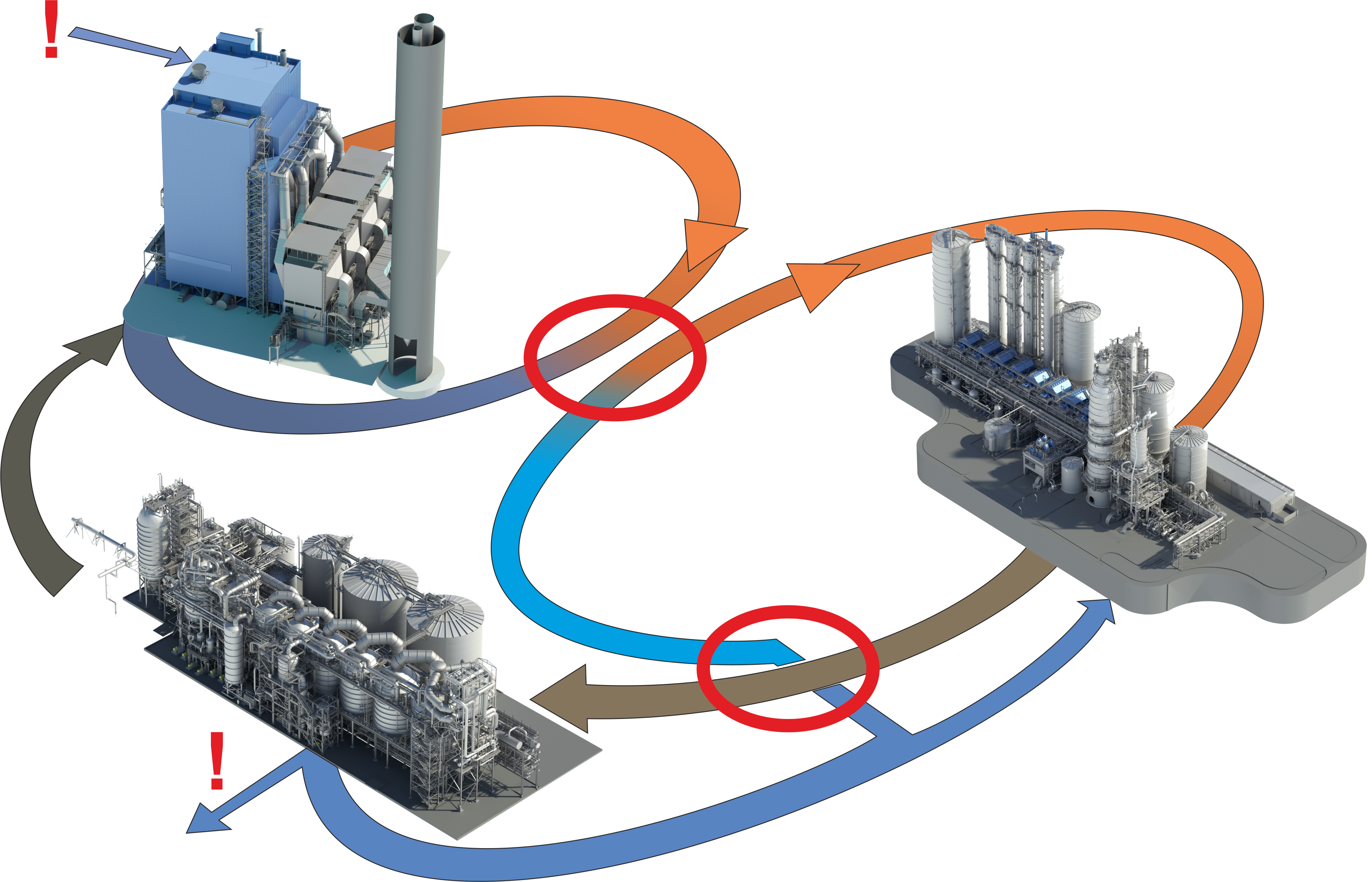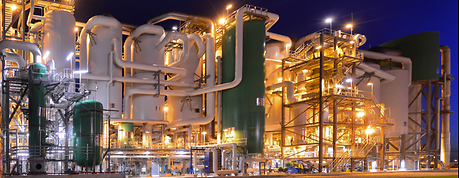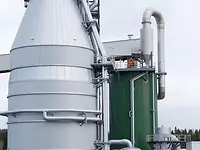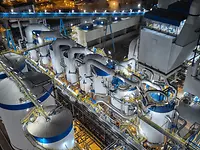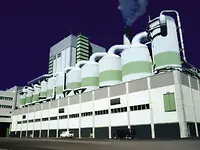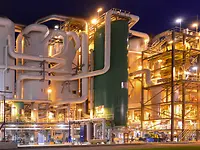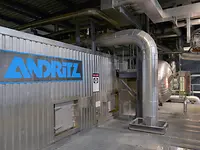IMPROVED ENERGY BALANCE WITH SECONDARY HEAT IN PULP DRYING
There is a lot of R&D development going on at ANDRITZ as it seeks to reuse secondary heat from mill processes also in the drying line at pulp mills – and excellent results are already being obtained.
Ola Larsson, Director, Technology and R&D, Drying, ANDRITZ, says “This is an area where we have a lot of development going on right now, looking at all possibilities of where secondary, low value heat can be reused. We already have an impressive example at a mill in Sweden where we are saving up to 30% of fresh steam in the drying process by using secondary heat obtained from the boiler stack.”
The ANDRITZ Steam Saving System in this case is taking energy from the stack, producing hot water and releasing the pressure of the water as low-pressure steam, which is then fed to the dryer. The recovered energy is supplying some 20-30% of a pulp dryers need.
“This is a classic case of circularity at pulp mills as we recover energy, and in a long run, save fresh water,” continues Larsson. “Both resources are under the spotlight as mills try to reduce costs and improve on raw material and energy usage.”
ANDRITZ is also working on recovering energy from the drying process, which will again be utilized elsewhere in pulp mill processes.


